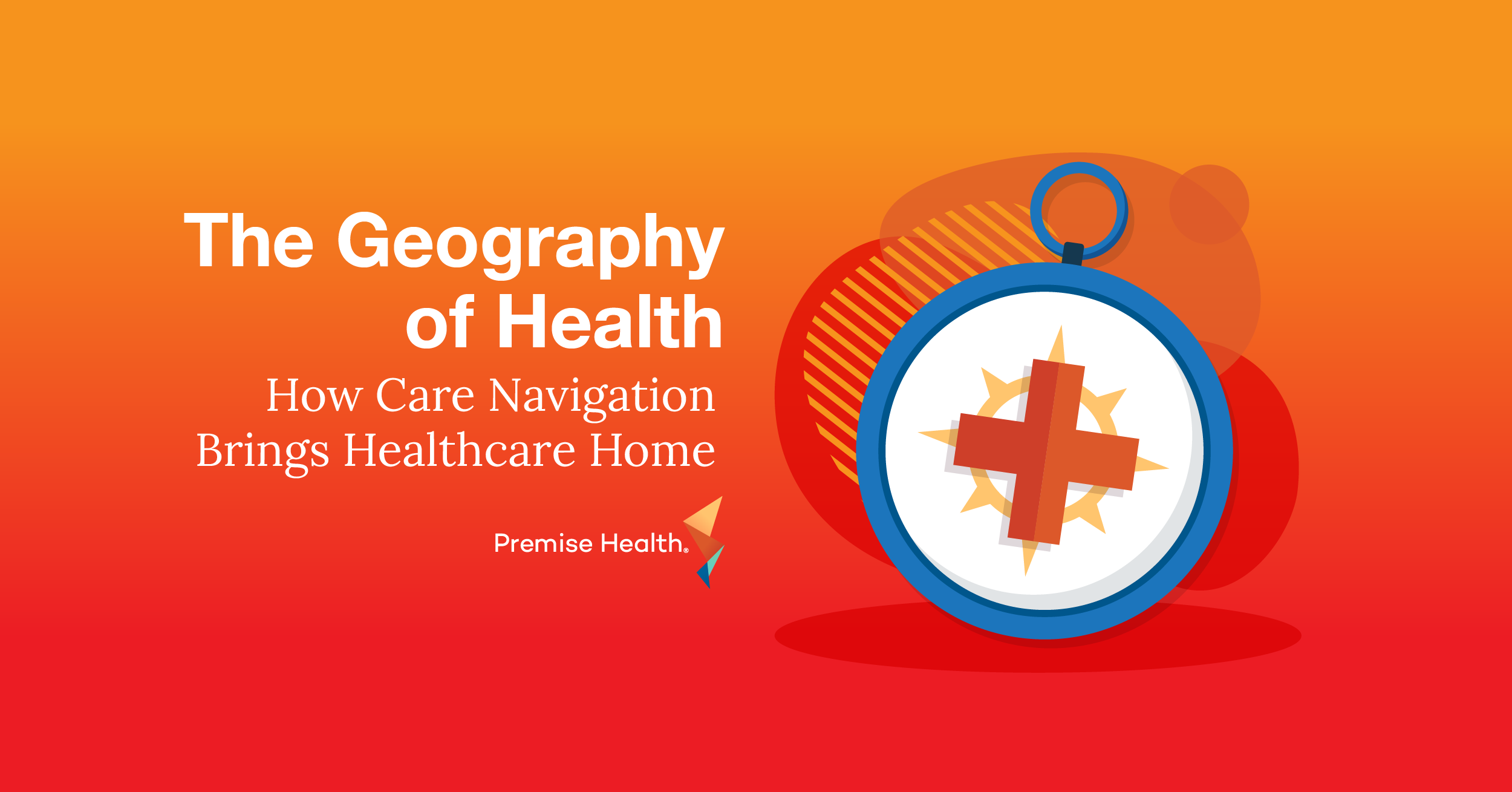COVID-19 Can No Longer Delay Routine Primary Care Needs
Here are three ways to get employee health back on track in 2021
Have you or those in your organization put off healthcare visits during the COVID-19 pandemic? If so, you’re not alone. According to the Centers for Disease Control and Prevention (CDC), 41% of the U.S. public have either avoided or postponed medical care because of the pandemic. Along with this, the Health Care Cost Institute reports that preventive care like colonoscopies, mammograms, and even childhood vaccinations saw a significant drop in 2020, among others:

What happens when someone delays care?
Simply put, preventive care helps people stay healthy. Getting routine screenings and physical exams are critical to early detection of illness and reducing your organization’s healthcare costs. Opting out of routine care can have serious consequences especially for those with chronic conditions, who according to the CDC, have more commonly delayed urgent or emergency care throughout the pandemic. When these folks don’t receive the timely care they need, their health can worsen and their risk of severe illness and death increases.
While delaying care is an understandable reaction during a pandemic, it is extremely important to help your employees get their health back on track. Putting off care and leaving symptoms or conditions untreated can have long-term effects. By making care accessible and providing the right services, employers can combat the costs of delayed care in 2021 and beyond.
In 2021, how can employers invest in their employee’s healthcare needs?
Start by making primary care accessible. One of the best ways to do this is by offering virtual care to your workforce. Whether your population went remote in 2020 and they no longer live near campus or they’re high-risk and don’t feel safe going into a physical center, virtual care meets them where they are, when they need it, and where they’re most comfortable. It’s especially important for members to keep up with their health history and risk factors, immunizations, cholesterol, blood glucose levels, kidney and liver function, chronic conditions, and cancer screenings.
Providing healthcare services in a virtual environment also encourages your employees and their families to catch up on any missed visits. From primary care to behavioral health, as well as condition management, fitness, wellness, and beyond – putting a trusted provider just a phone call away removes the hassles and headaches of catching up from the last year.
Is there a way to provide both physical and digital healthcare access to employees?
Yes, the more access points provided the broader the reach. That said, a physical health center is a great complement to virtual care. Just because some workers aren’t physically in the office anymore doesn’t mean the need for a physical health center has disappeared. Implementing a combination of physical and digital access points provides convenient access to high-quality care and will help your organization evolve to meet the needs of your total population.
There are a number of in-person healthcare models that help employers reach employees where they are, including onsite and nearsite centers. Onsite health centers bring care on-campus, reaching employees where they work. Whereas a nearsite center is located in the neighborhood and helps close the distance between your people and their providers. Nearsite centers are especially fitting for remote workforces, dependent care, or employers with geographically dispersed populations.
Not only are multiple access points more convenient, their integration leads to higher utilization and better outcomes, resulting in overall healthier lives. The front door of your health center shouldn’t look the same for every member, as each individual is unique, and your solutions should account for that.
How can employers help encourage their employees to reprioritize routine care?
While providing access to workers is a crucial step in ensuring their wellbeing, communicating that it’s safe to receive preventive care is just as important.
Reassuring your workforce that their local health center is taking every precaution to safeguard their health can help them feel more comfortable getting back into the groove of routine care. While they’ll need to be screened for symptoms and exposures prior to their appointment, everything else during the visit will feel relatively normal, except for the addition of personal protective equipment (PPE), like masks, to help ensure everyone’s safety. However, if they’re more comfortable at home, providers can always check-in on their health virtually.
Preventive care is meant to help keep people from getting sick (or sicker). When you give your employees access to digital and physical options for their primary care needs, they’re able to partake in regular exams and screenings, and are more likely to prevent health problems – or catch them early, get treatment sooner, and need less care overall. Helping your people stay well helps your organization reduce overall costs in the long term.
Where Premise Health fits in
While some aspects of business and everyday life may be on hold, employee health shouldn’t be one of them. Premise Health is dedicated to helping your people get, stay, and be well – this starts by not delaying preventive care. From routine exams and screenings to wellness coaching, fitness and more, we make sure your members have easier access to quality healthcare. By offering a combination of both physical and digital access points, you can remove barriers to care, keep employees engaged in their health journeys, and realize better outcomes for a happier, healthier culture.
If you’re in charge of health at your organization, let us know how access to primary care affects your people. Get in touch – we value your questions and feedback.
Next on industry insights.

The Geography of Health: How Care Navigation Brings Healthcare Home
Read the Blog
Why Payers Need Advanced Primary Care
Read the Blog